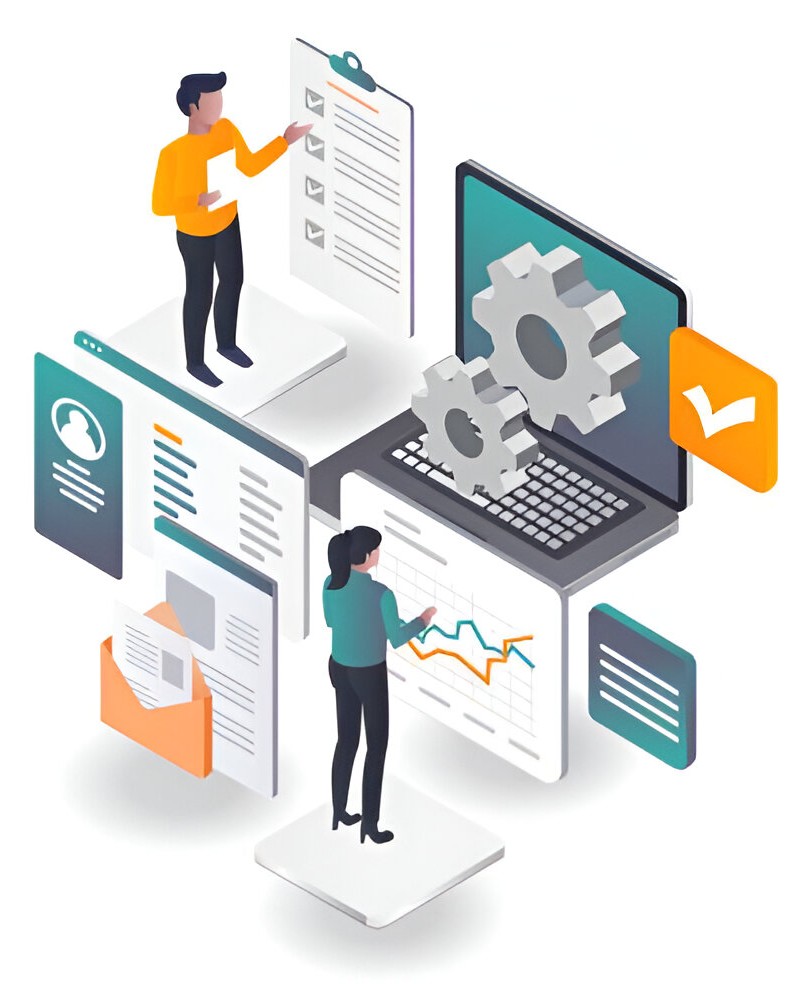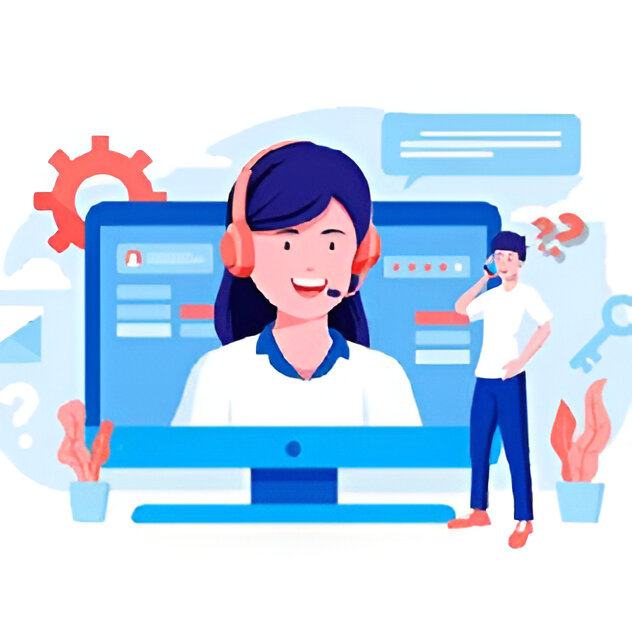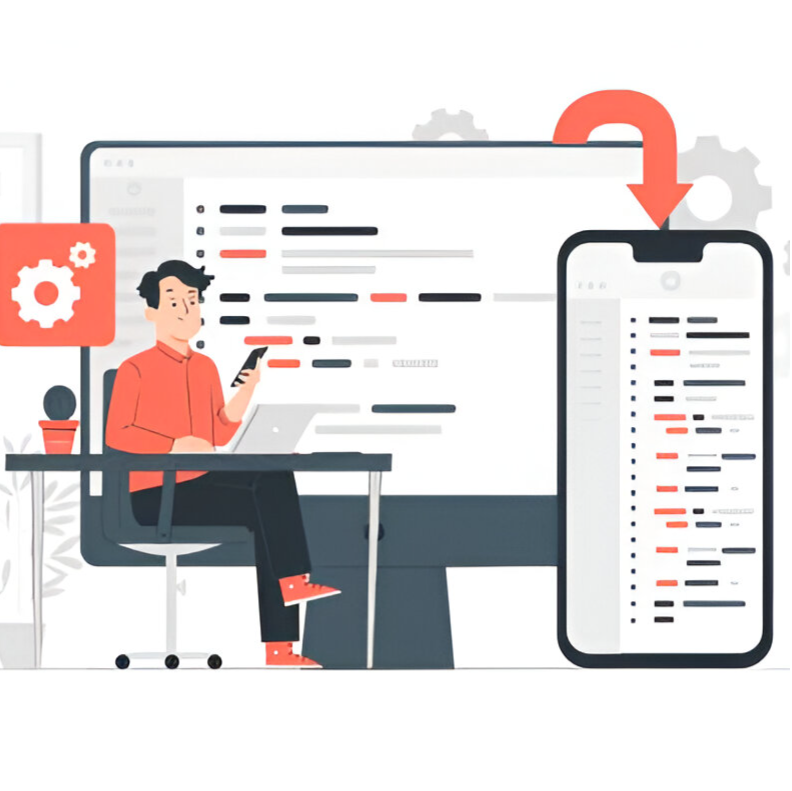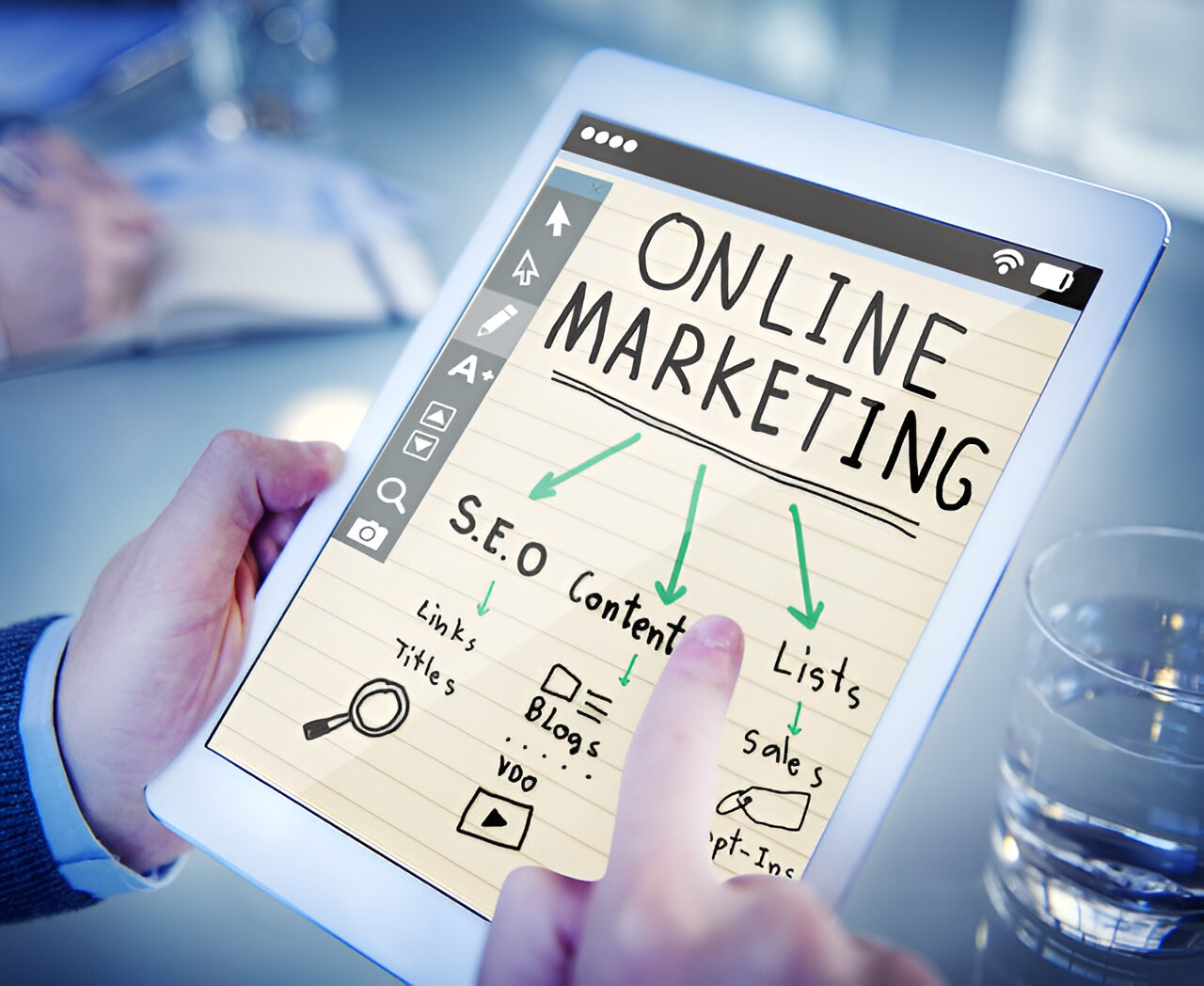Enterprise resource planning

Speedweb ERP Customer Software streamlines customer data management, automating tasks and optimizing sales processes. It enables real-time insights and seamless integration for enhanced customer satisfaction and operational efficiency.
1. Financial Management
- General Ledger: Centralized financial data and real-time access to account information.
- Accounts Payable and Receivable: Manage payments and collections with visibility over cash flow.
- Fixed Asset Management: Track, manage, and depreciate company-owned assets.
- Expense Management: Record, monitor, and manage company expenses and reimbursements.
- Financial Reporting and Analytics: Generate financial statements, balance sheets, and dashboards for key metrics.
- Budgeting and Forecasting: Tools for managing budgets, forecasting future cash flows, and variance analysis.
- Multi-Currency Support: Manage transactions in different currencies with automatic exchange rate adjustments.
2. Inventory and Supply Chain Management
- Inventory Control: Real-time tracking of stock levels, locations, and movements.
- Procurement Management: Tools to streamline purchase orders, supplier relationships, and procurement.
- Warehouse Management: Track inventory in multiple warehouses with automation for restocking and order picking.
- Order Management: Manage sales orders, handle backorders, and track shipments.
- Demand Forecasting: Predict demand using historical data, seasonality, and market trends.
- Supplier Relationship Management: Track supplier performance, manage contracts, and handle vendor payments.
- Shipping and Logistics Management: Track shipments, automate shipping processes, and manage logistics.
3. Production and Manufacturing
- Production Planning and Scheduling: Organize resources and schedules for efficient production runs.
- Bill of Materials (BOM): Create and manage BOMs for multi-level production.
- Material Requirements Planning (MRP): Track and forecast material needs based on production schedules.
- Work Order Management: Manage work orders from initiation through completion.
- Quality Control: Tools for quality inspection, testing, and compliance checks during production.
- Product Lifecycle Management (PLM): Track product development from concept to manufacturing.
- Shop Floor Control: Real-time visibility into production status, labor tracking, and machine usage.
4. Sales and Customer Relationship Management (CRM)
- Customer Database: Centralized customer information and communication history.
- Lead Management: Track leads and sales opportunities, including stages in the sales pipeline.
- Order Processing: Integrated sales order management and order fulfillment processes.
- Pricing and Discounting: Set and manage pricing, promotions, and volume discounts.
- Contract Management: Store and manage customer contracts and renewals.
- After-Sales Support: Customer support ticketing, service scheduling, and warranty tracking.
5. Human Resources Management (HRM)
- Employee Database: Centralized repository for employee information, roles, and contact details.
- Payroll Processing: Manage payroll, taxes, deductions, and bonuses.
- Time and Attendance Tracking: Track work hours, attendance, and overtime.
- Recruitment and Onboarding: Tools for recruitment, application tracking, and new hire onboarding.
- Performance Management: Set goals, track performance reviews, and manage appraisals.
- Training and Development: Track employee training programs, certifications, and skills development.
- Employee Self-Service Portal: Allows employees to manage personal information, payroll details, and leave requests.
6. Project Management
- Project Planning: Create project schedules, timelines, and Gantt charts.
- Resource Allocation: Manage resources for projects based on availability and skillsets.
- Budgeting and Cost Tracking: Track project budgets, expenses, and billing.
- Task Management: Assign, monitor, and manage tasks across team members.
- Project Analytics: Measure project performance, profitability, and milestones.
- Time Tracking for Projects: Log work hours spent on specific tasks and projects.
7. Business Intelligence and Reporting
- Data Visualization: Dashboards, charts, and graphs for key business metrics.
- Real-Time Reporting: Generate real-time reports across departments for better decision-making.
- Ad Hoc Reporting: Custom report creation for specific analysis and insights.
- Predictive Analytics: Leverage AI to predict future trends, sales, and demand.
- KPI Tracking: Track and monitor key performance indicators across departments.
8. Compliance and Risk Management
- Regulatory Compliance Tracking: Tools for managing and reporting on industry-specific regulations (e.g., SOX, GDPR).
- Audit Trail: Record and monitor all transactions for auditing purposes.
- Data Security and Access Control: Role-based access to ensure data protection and limit unauthorized access.
- Risk Assessment: Identify, assess, and manage risks associated with business operations.
9. E-commerce Integration
- Sales Channel Integration: Integrate with online marketplaces like Amazon, eBay, and Shopify.
- Inventory Synchronization: Real-time inventory updates across e-commerce channels.
- Order Fulfillment: Streamline order processing, packing, and shipping.
- Customer Management: Unified view of customer interactions across channels.
- Returns and Refunds: Manage returns, refunds, and exchanges with automated processes.
10. Automation and Workflow Management
- Task Automation: Automate repetitive tasks like invoicing, follow-ups, and inventory updates.
- Workflow Customization: Customize workflows to match business-specific processes.
- Notifications and Alerts: Automated notifications for critical updates or changes.
- Approval Processes: Automated approval workflows for purchases, orders, and expenses.
11. Asset Management
- Asset Tracking: Track and manage fixed assets and their locations.
- Maintenance Scheduling: Plan and track maintenance for equipment and assets.
- Depreciation Calculation: Automatically calculate asset depreciation based on accounting standards.
- Asset Lifecycle Management: Track the acquisition, utilization, and disposal of assets.
12. Customer Self-Service Portal
- Order Status Tracking: Customers can track the status of their orders.
- Billing and Payments: Customers can view and manage invoices and payments.
- Knowledge Base and FAQ: Self-service resources for commonly asked questions.
- Support Ticketing System: Submit support tickets and track their progress.
13. Multi-Language and Multi-Currency Support
- Language Customization: Interface options in multiple languages.
- Currency Conversion: Handle multiple currencies with real-time conversion rates.
- Country-Specific Compliance: Features for tax and compliance variations by region.
14. Mobile Access and Integration
- Mobile App or Responsive Design: Access ERP on mobile devices for real-time updates.
- Offline Capabilities: Limited functionalities available offline and sync when reconnected.
- Push Notifications: Real-time alerts for updates, tasks, and reminders.
15. Integration with Third-Party Systems
- APIs for Custom Integrations: Open APIs for integrating with other software.
- Integration with CRM, SCM, and Accounting Systems: Seamless data sharing across platforms.
- Data Import/Export: Tools for transferring data in and out of the ERP system.
16. Data Backup and Disaster Recovery
- Automated Data Backup: Schedule regular backups to prevent data loss.
- Disaster Recovery Plan: Options for quick data recovery in case of system failure.
- Cloud Storage Options: Secure cloud storage with options for redundant backups.




